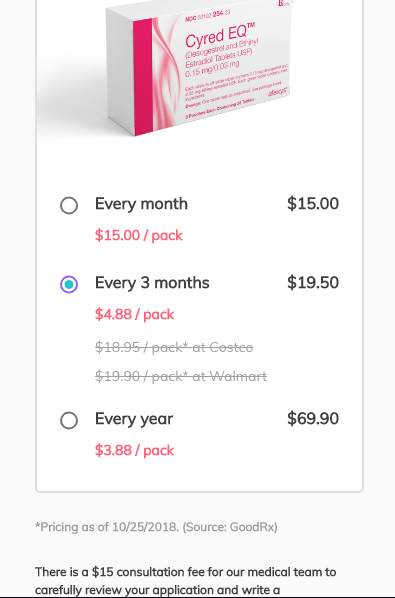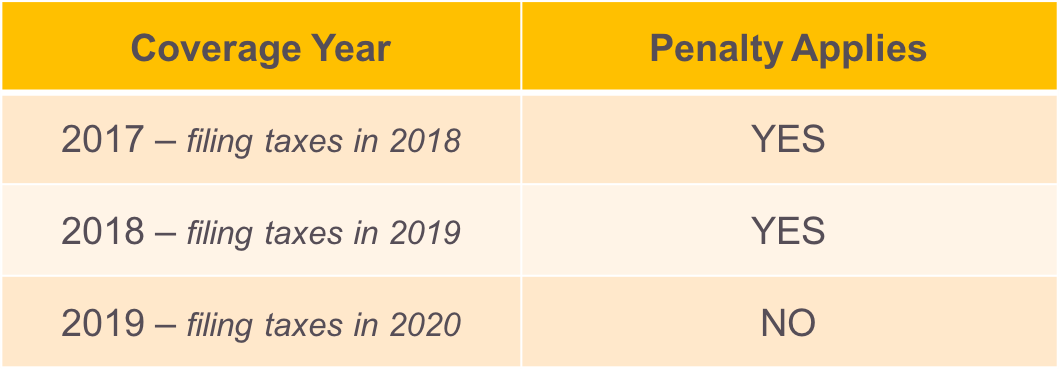Table of ContentsThe smart Trick of What Does Life Insurance Cover That Nobody is DiscussingNot known Facts About Why Do I Need Life InsuranceSome Known Incorrect Statements About How Much Life Insurance Should You Have About What Is Group Term Life InsuranceThe Ultimate Guide To Which Of The Following Best Describes Term Life Insurance
Life insurance can pay funeral and burial costs, probate and other estate administration costs, debts and medical costs not covered by medical insurance. Even those without any other properties to pass on, can develop an inheritance by buying a life insurance coverage policy and naming their heirs as recipients. Life insurance advantages can spend for estate taxes so that heirs will not have to liquidate other possessions or take a smaller inheritance.
By making a charity the beneficiary of their life insurance coverage policies, people can make a much larger contribution than if they donated the cash equivalent of the policy's premiums. Some types of life insurance coverage develop a money value that, if not paid out as a death benefit, can be obtained or withdrawn on the owner's demand.
Furthermore, the interest credited is tax deferred (and tax exempt if the cash is paid as a death claim). There are 2 significant kinds of life insuranceterm and whole life. Term insurance is the most basic form of life insurance coverage. It pays only if death takes place throughout the regard to the policy, which is generally from one to 30 years.
There are two fundamental types of term life insurance coverage policieslevel term and reducing term. Level term indicates that the death benefit remains the very same throughout the duration of the policy. Reducing term suggests that the death advantage drops, normally in 1 year increments, throughout the policy's term. Whole life or long-term insurance coverage pays a death advantage whenever the policyholder passes away.
The Single Strategy To Use For How Is Life Insurance Taxed
When it comes to conventional entire life, both the survivor benefit and the premium are designed to remain the exact same (level) throughout the life of the policy. The expense per $1,000 of advantage boosts as the guaranteed individual ages, and it clearly gets really high when the guaranteed lives to 80 and Click to find out more beyond.
By law, when these "overpayments" reach a particular quantity, they need to be offered to the policyholder as a cash value if she or he chooses not to continue with the original strategy. The money value is an alternative, not an extra, advantage under the policy. Universal life, likewise referred to as adjustable life, allows more versatility than traditional entire life policies.
After money has accumulated in the account, the insurance policy holder will also have the alternative of changing premium paymentsproviding there is adequate money in the account to cover the expenses. Variable life policies integrate death protection with a savings account that can be invested in stocks, bonds and money market shared funds.
If investments do not perform well, the cash worth and death benefit might decrease. Some policies, however, guarantee that the survivor benefit will not fall listed below a minimum level (what is permanent life insurance). Another variant, universal variable life, integrates the features of variable and universal life policies. It has the financial investment risks and benefits characteristic of variable life insurance coverage, paired with the ability to adjust premiums and death benefits that is characteristic of universal life insurance.
Our What Is A Life Insurance Policy Diaries
Lots of or all of the products included here are from our partners who compensate us. This might influence which items we compose about and where and how the product appears on a page. However, this does not affect our assessments. Our viewpoints are our own. Life insurance is a contract between you and an insurance company.
In exchange, the company pays a death advantage to your recipients when you pass away. There are essentially two types of life insurance: term life and long-term life. Term life covers you for a fixed quantity of time while long-term life insurance coverage covers you till the end of your life. Usually, term life insurance coverage is less expensive to buy than permanent life.

Term life policies have no worth if you outlive https://connerrlma194.skyrock.com/3335196946-The-Ultimate-Guide-To-The-Minimum-Age-At-Which-A-Person-Can-Sign-A.html the contract. Originally created to assist cover burial expenses and care for widows and orphans, life insurance coverage is now a flexible and effective financial product. More than half of Americans have some sort of life insurance, according to insurance coverage research organization LIMRA.
We'll be looking at individual policies, not the group life insurance typically released through work. Life insurance policies can differ extensively. There's life insurance for households, high-risk buyers, couples and many other specific groups. Even with all those distinctions, the majority of policies have some typical qualities. are the payments you make to the insurance provider.
Not known Incorrect Statements About What Type Of Life Insurance Should I Get

With a long-term policy, you'll likewise be able to pay cash into a cash-value account. are the people who receive money when the covered person dies. Selecting life insurance coverage recipients is an important step in planning the effect of your life insurance. Beneficiaries are typically spouses, kids or moms and dads, however you can choose anyone you like.
You pick a cash value when you purchase a policy, and the quantity is sometimes but not constantly a fixed value. Permanent life insurance coverage can likewise pay extra cash if the cash account has actually grown and if you select particular alternatives for your policy. are choices you can contribute to a life insurance coverage policy.
By spending for a rider, you can add those and other functions to your policy. Like all insurance coverage, life insurance was developed to fix a financial problem. Life insurance coverage is essential due to the fact that when you die, your earnings disappears. If you have a partner, kids or anybody reliant on you financially, they're going to be left without support.
That can mean your partner, child or relatives will need to spend for burial and other end-of-life expenditures. As you think of the amount of life insurance coverage you require, consider your recipients and what they'll need. If nobody depends on your income and your funeral service costs will not damage anybody's finances, life insurance may be a thing you can skip.
8 Easy Facts About How To Get Life Insurance License Explained
The quantity of life insurance coverage you require depends upon what you're trying to do. If you're just covering end-of-life expenditures, you will not require as much as if you're trying to replace lost income. The calculator listed below can help you estimate the overall protection you might need. If you're interested in a long-term policy (more on these below), you need to likewise get in touch with a fee-only monetary consultant.
Term life insurance coverage is coverage that lasts for a period of time selected at purchase. This type of life insurance coverage typically covers 10-, 20- and even 30-year durations (how to find out if someone has life insurance). If you pass away throughout the covered period, the policy will pay your beneficiaries the amount stated in the policy. If you don't die during that time frame, nobody gets paid.
It's also a temporary service. It exists for the exact same factor temporary tattoos and hair dyes do in some cases a bit is long enough. Factors you might desire term life insurance consist of: You desire to make certain your kid can go to college, even if you pass away. You have a home loan that you don't wish to saddle your partner with after your death.
There are some variations on common term life insurance coverage policies. Convertible policies allow you to convert them to long-term life policies at a higher rate, allowing for longer, more flexible coverage. Decreasing term life policies have a death advantage that decreases with time, typically associated mortgages or big debts that are gradually settled.